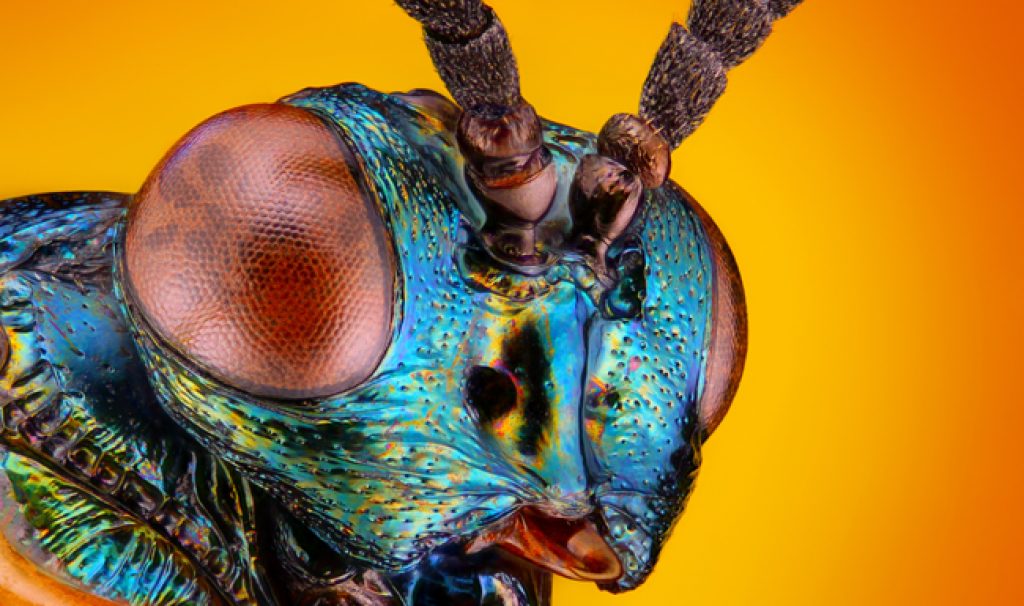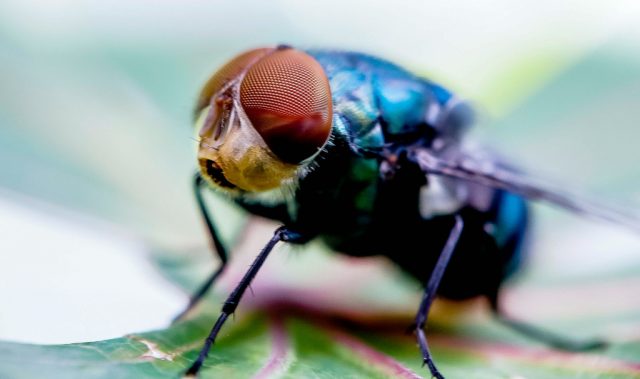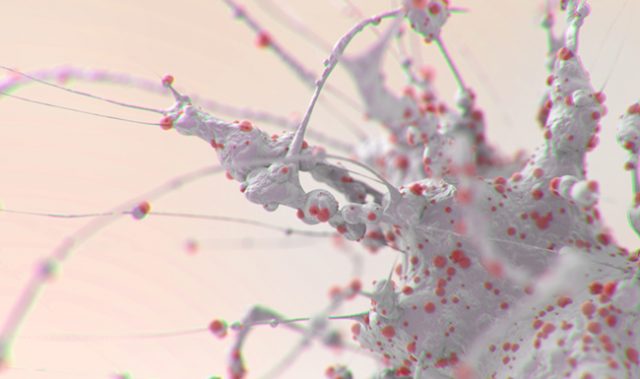
AsianScientist (Aug. 30, 2016) – Researchers in India have discovered a brain circuit that allows fruit flies to take a major developmental step in their lives, despite nutritional stress. The work was published in eLife.
When we go hungry, we have the ability to ignore the urge to eat such that we can carry out the task at hand. However, how the brain coordinates the response to nutritional stress so that the body can function normally is not well understood.
From the time they hatch out of eggs, insects such as flies undergo three major stages in their lives: the maggot-like larval stage; the transformatory pupa stage; and the final adult stage of their lives. Integrating nutrition sensing with these developmental steps is important. When deprived of food, pupation can often be postponed until enough reserves have been accumulated.
However, there are exceptions to this. When faced with protein deprivation towards the end of their larval lives, fruit fly larvae are able to push themselves to pupate. Dr. Gaiti Hasan’s team from the National Center for Biological Sciences (NCBS) in India has discovered an integrative circuit of nerve cells in fruit fly brains that allows them to ignore the lack of proteins in their food to enter the pupal stage.
This integrative circuit consists of three types of nerve cells: One set senses and reports the lack of protein in food, a second set integrates this input with metabolic information, and the third set controls the hormonal signals necessary to begin pupation. The nerve cells involved in this integration process and control of hormonal signals reside in an area of the insect brain known as the mid-Ventral Ganglion (mVG), which in turn communicates with a region of the central brain that is akin to the mammalian hypothalamus.
Hasan and colleagues believe that the integrative circuit linking nutrition and development they uncovered in insects could be similar in mammals.
The article can be found at: Jayakumar et al. (2016) Drosophila Larval to Pupal Switch under Nutrient Stress Requires IP3R/Ca2+ Signalling in Glutamatergic Interneurons.
———
Source: National Center for Biological Sciences; Photo: Shutterstock.
Disclaimer: This article does not necessarily reflect the views of AsianScientist or its staff.












